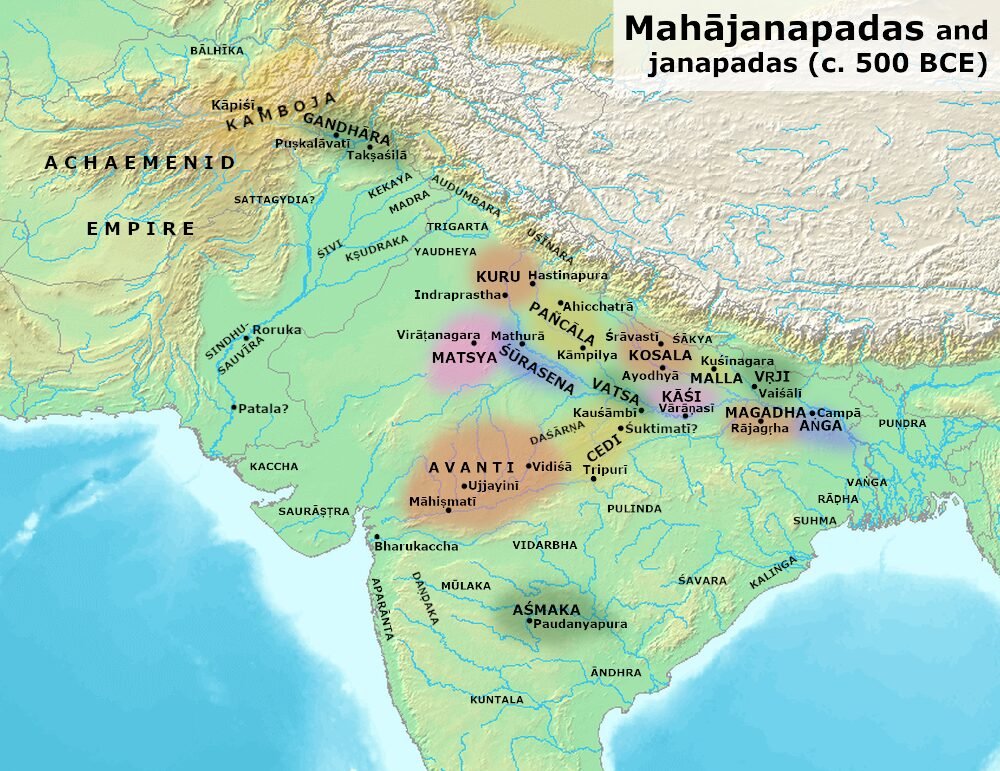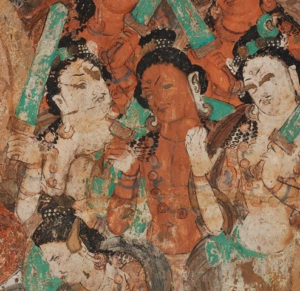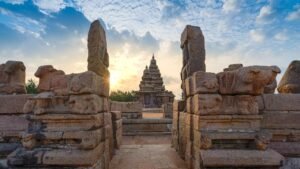
The Kurus were one of the 16 Mahajanapadas (great kingdoms) that existed during the later Vedic and early historical periods of India. After the decline of the Kuru dynasty, power was not immediately centralized under a single ruler or empire. Instead, various Janapadas (small kingdoms or republics) either expanded their influence or were eventually absorbed into larger empires.
1. The Mahajanapadas and Their Role in Kuru’s Decline
By the time of Kshemaka, the last known Kuru king, the Mahajanapadas had gained power, and some of them played a role in absorbing former Kuru territories. The most important among them were:
- Panchala – Located east of the Kurus, they emerged as a major power.
- Kashi – Became a dominant kingdom before being absorbed by Kosala.
- Kosala – Gained prominence, eventually merging with Magadha.
- Videha (Mithila) – Flourished as a center of Vedic scholarship.
- Magadha – Became the strongest kingdom, later evolving into an empire.
- Vatsa – Based near modern Prayagraj, had cultural and economic importance.
- Avanti – A powerful kingdom with Ujjain as its capital.
- Shurasena – A region centered around Mathura.
The Kuru kingdom itself had become weaker due to internal struggles and external threats. By the 6th century BCE, their territory was gradually absorbed by Panchala and later by the expanding Magadha Empire.
2. The Fate of the Kuru Territory
After the fall of the Kurus:
- Panchala took control of much of the Kuru region.
- Kaushambi (Vatsa kingdom) gained influence over western Kuru territories.
- Shurasena (Mathura region) maintained its independence for some time.
- Magadha eventually conquered many Janapadas, including Panchala and Kosala.
Thus, the Kuru dynasty itself ended, but its territory was not abandoned—it became part of the larger political landscape of India.
3. The Rise of Magadha: The End of Janapadas as Independent States
One of the key events in ancient Indian history was the rise of Magadha, which started absorbing other Janapadas and centralizing power. This led to the decline of the independent Mahajanapadas:
- Shishunaga Dynasty (7th-5th century BCE) → First Magadhan expansion.
- Nanda Dynasty (5th-4th century BCE) → Conquered nearly all of North India.
- Maurya Dynasty (4th-2nd century BCE) → Chandragupta Maurya, guided by Chanakya, created the first pan-Indian empire, absorbing all remaining Janapadas.
By the 3rd century BCE, Ashoka the Great ruled over almost the entire Indian subcontinent. The once-powerful Janapadas, including Kuru’s successors, had been completely merged into the Mauryan Empire.
4. What Happened to the Janapadas?
- After the decline of the Kuru dynasty, its territory was absorbed by Panchala and later Magadha.
- Other Janapadas initially remained independent but were gradually conquered by expanding kingdoms like Kosala, Vatsa, and Avanti.
- Magadha eventually unified all Janapadas, leading to the formation of the first great Indian empire under Chandragupta Maurya.
- The era of Janapadas ended, and India entered the age of large empires that lasted for centuries.






